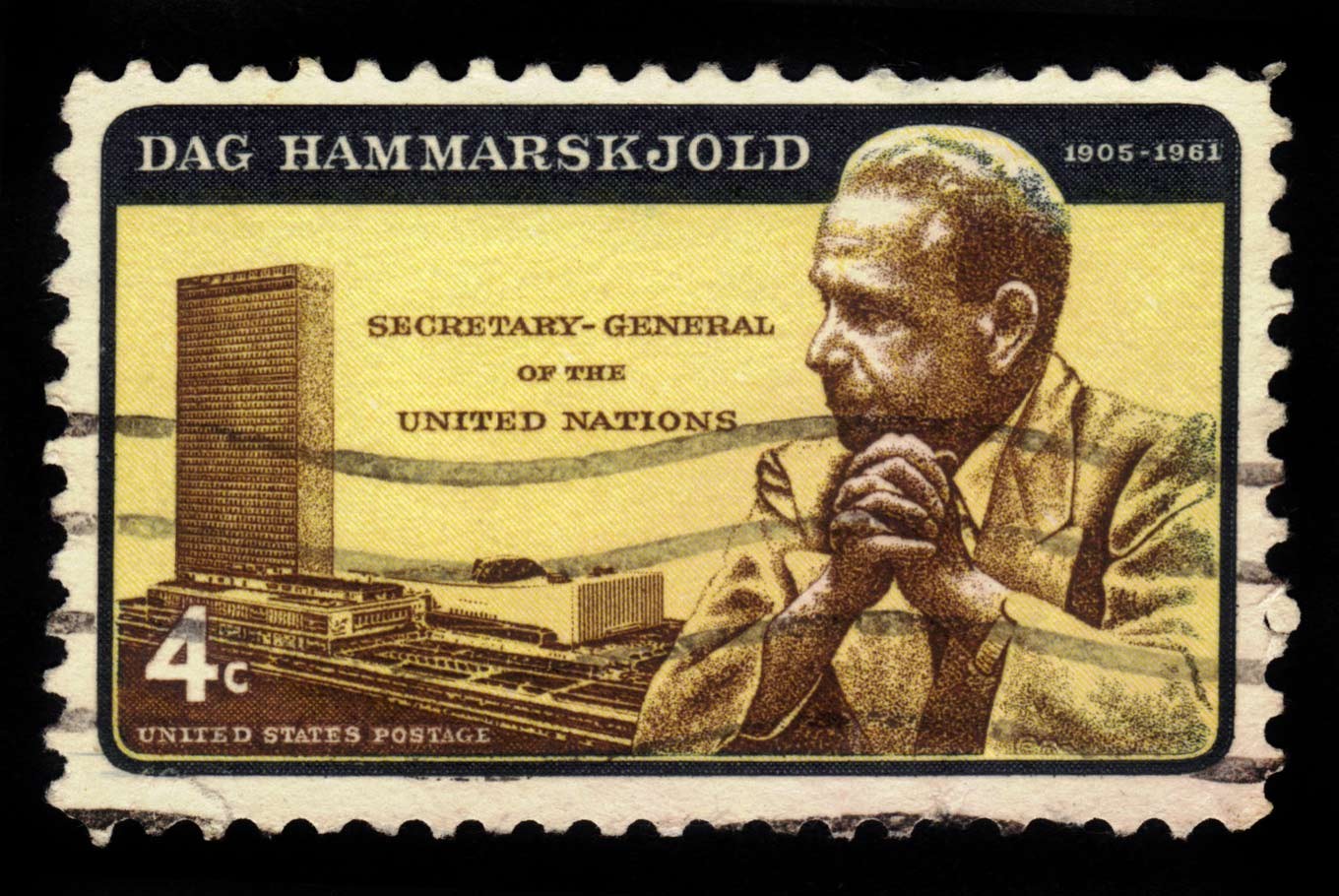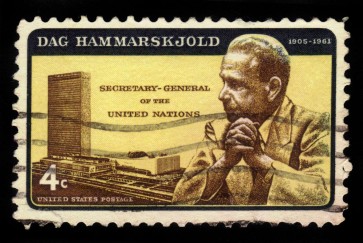Popular Reads
Top Results
Can't find what you're looking for?
View all search resultsPopular Reads
Top Results
Can't find what you're looking for?
View all search resultsDag Hammarskjold's murder, 50 years later
This week is the deadline for a full report on the death of Dag Hammarskjold to be handed to the current United Nations Secretary-General, Antonio Guterres.
Change text size
Gift Premium Articles
to Anyone
T
his week is the deadline for a full report on the death of Dag Hammarskjold to be handed to the current United Nations Secretary-General, Antonio Guterres. Hammarskjold, from Sweden, was a former UN secretary-general killed in a mysterious plane crash in Africa in 1961.
After a string of reports over the last 50 years, new evidence led to another UN investigation two years ago by Mohamed Chande Othman, a high court judge from Tanzania. His initial finding was that the plane crash which caused the death of Hammarskjold was deliberate but more information from various governments, the US in particular, is needed.
The decision facing the UN General Assembly will be whether or not to investigate the political assassination of the person whom president John F. Kennedy described as “the greatest statesman of the 20th century.”
When investigating murder, motive is an important key. A likely perpetrator, Allen Dulles, has already been named in eight intelligence documents found by Archbishop Desmond Tutu as part of South Africa’s Truth and Reconciliation Commission in 1997.
Dulles was then director of the Central Intelligence Agency in the United States, who wanted (in his own words) to “remove” Hammarskjold. At midnight, Sept. 17, 1961, the UN plane carrying 16 passengers, after leaving from an airstrip in the Congo, was about to land at Ndola in northern Rhodesia (today Zambia). Hammarskjold was negotiating a ceasefire between UN troops and mineralrich Katanga province, supported by Belgian and British mercenaries, wanting to break away from the Congo.
Compared to the opposition Hammarskjold faced in the Congo, Dulles’ motive and involvement seemed peripheral, yet it was not. Earlier that year, he had instigated the assassination of the Congo’s first prime minister, Patrice Lumumba. A US Senate investigation in 1975 (six years after Dulles died) held him directly responsible.
Lumumba had only been in office for three months after the Congo gained its independence. The same South African intelligence group (linked with the CIA) which was involved in the death of Lumumba was also involved in the death of Hammarskjold.


















